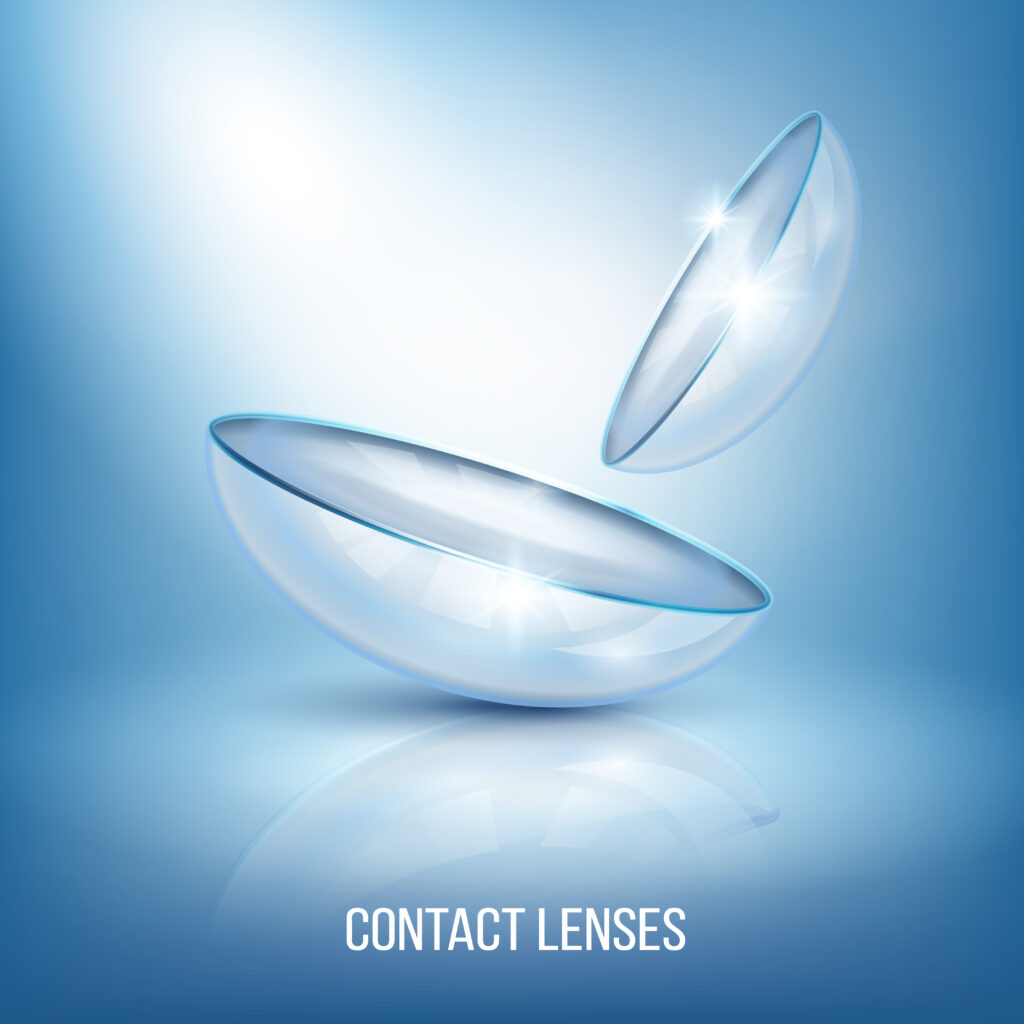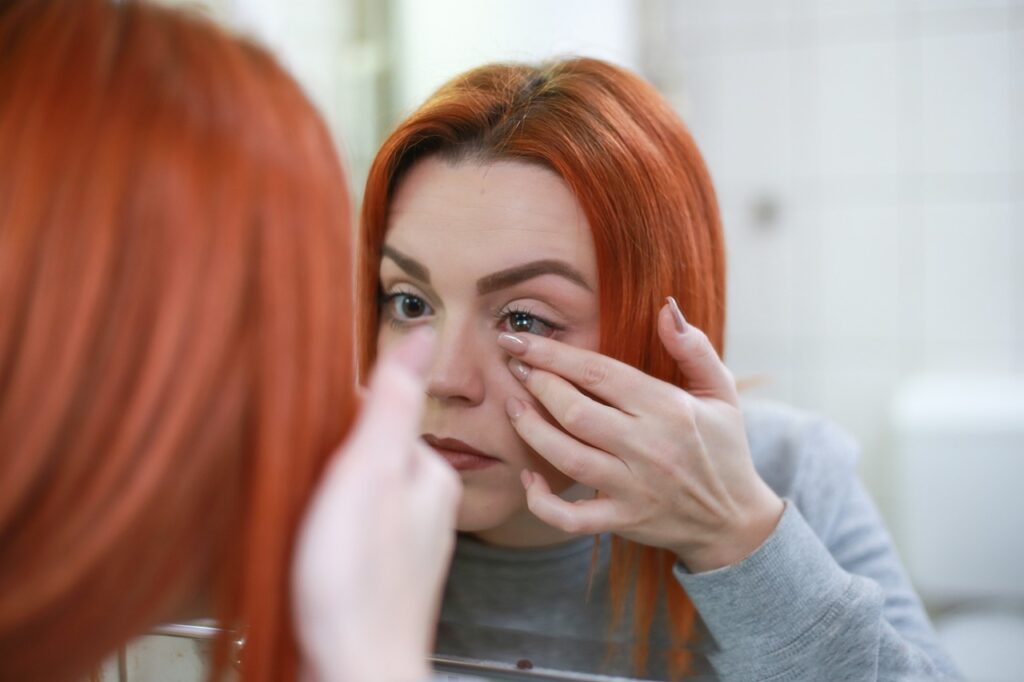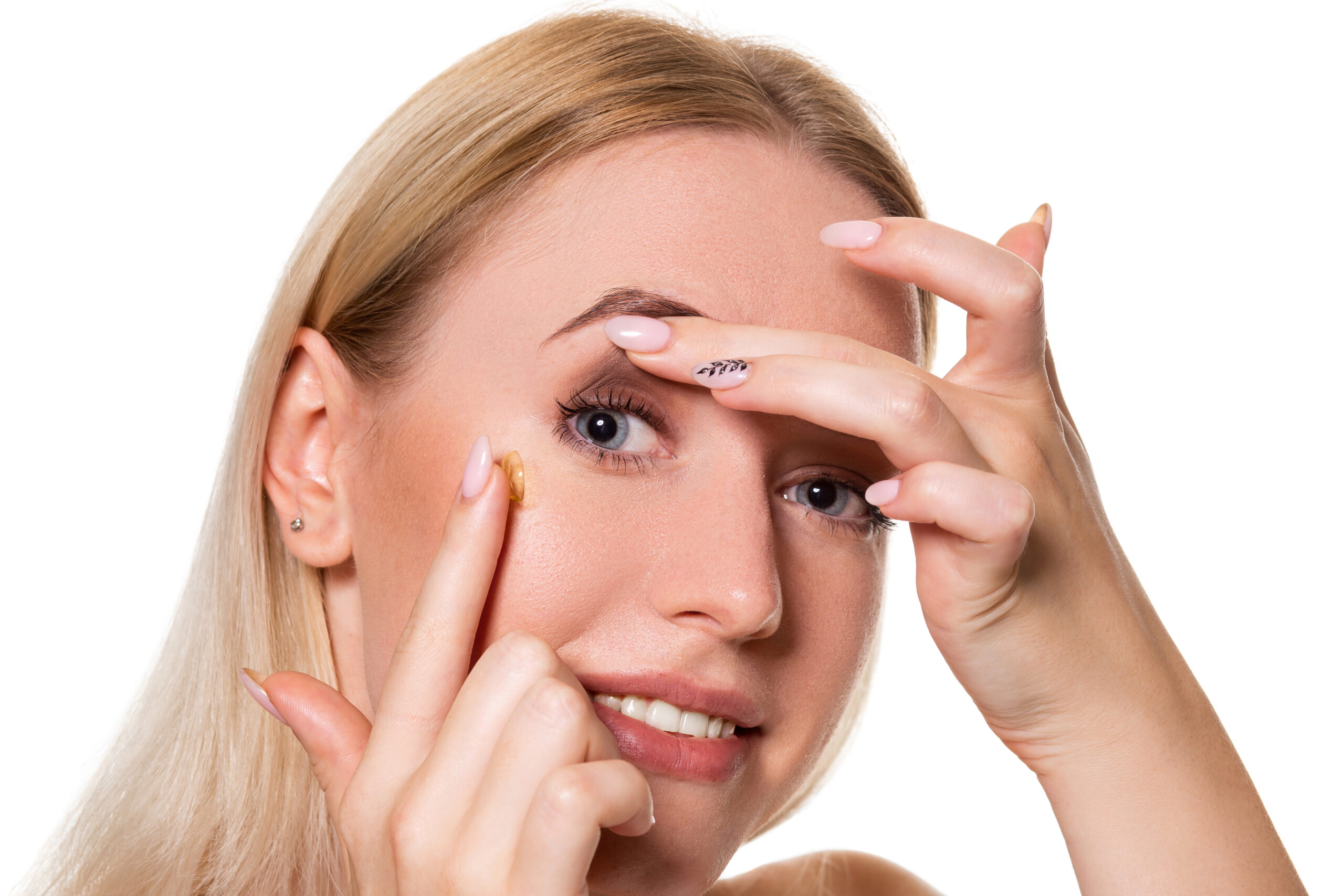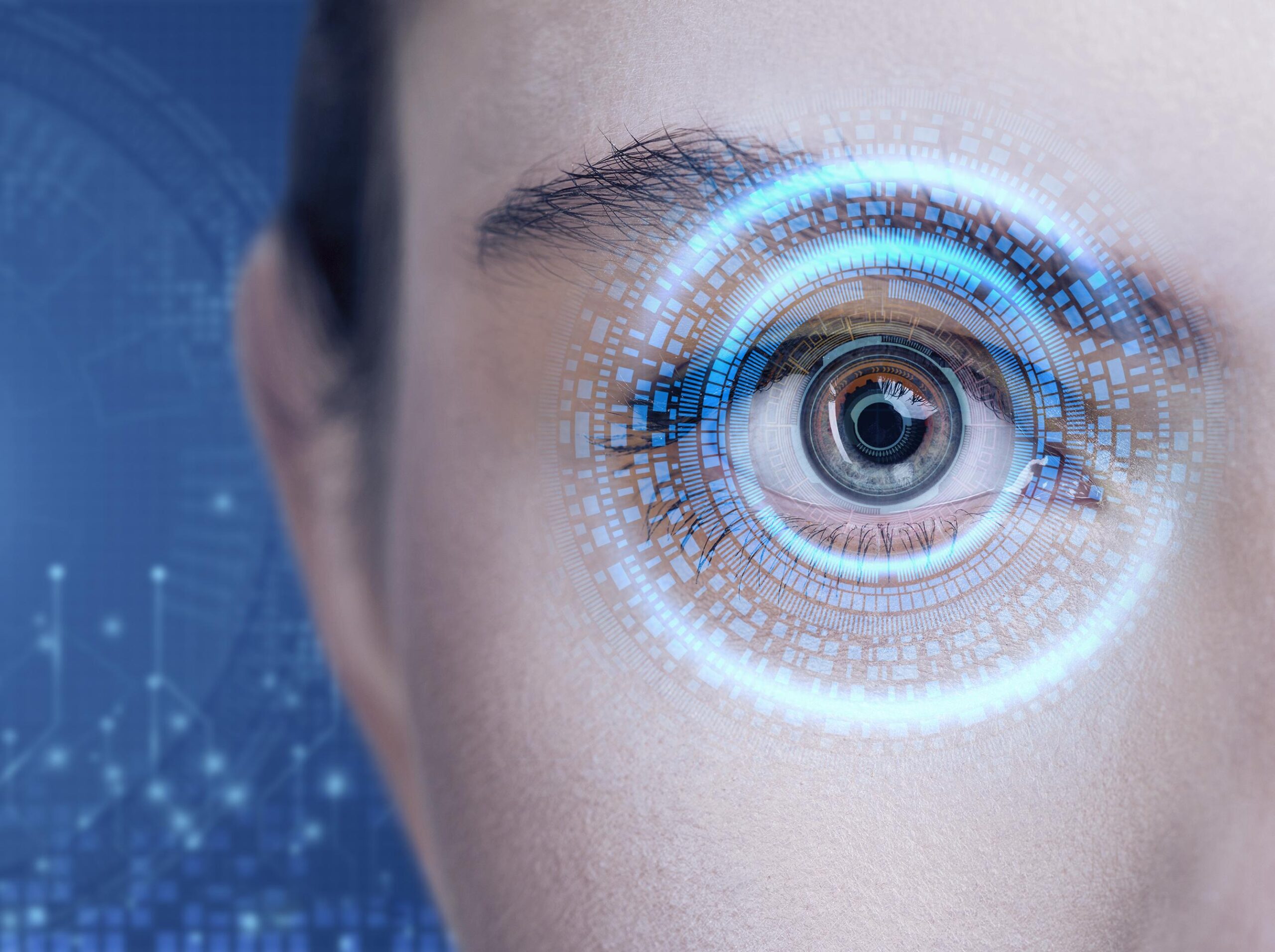We are always ready to help you. Book an appointment
For Emergencies Contact: +91 8847270023


Contact lenses are thin, round lenses that rest on the surface of your eyes to help you see more clearly. Like glasses, contacts correct refractive errors. These are changes to the shape of your eye that prevent light from landing properly on your retina. Refractive errors make your vision blurry.
Over 45 million people in the U.S. wear contacts. They can help you have crisper, clearer vision. They also move naturally with your eye and don’t get in the way of an active lifestyle. Plus, many people prefer the look of contacts vs. glasses.
Contacts are medical devices. They come with some level of risk, most commonly, eye infections. Learning how to clean and care for your contacts can help you wear them safely.
If you’re interested in contacts, you should schedule an appointment with an eye care specialist. They’ll evaluate your eyes and determine if you can wear contacts. They’ll also discuss the types of contacts available. Each person has different needs based on their eye health, medical history, lifestyle and other factors.If contacts are suitable for you, your provider will write a prescription for the specific type you need and fit the contacts to your eyes.Contact lenses rest on the surface of your eyes to improve your vision. Some you wear during the day and discard before bed. Others you clean overnight and reuse. Each type has a specific wear schedule (how long you can keep the lenses in) and replacement schedule (when you need new lenses). Follow your provider’s guidance to avoid complications.
Your replacement schedule is how often you need to replace your contacts. This applies to soft contact lens use only. You wear RGP lenses long-term until your provider determines you need new ones.


While contacts have many benefits, they may not be right for you if you:
Ask your provider if there are any reasons why you should avoid using contacts.
Call your eye care provider if you have:


To remove your contacts, follow these steps:
Always try to remove your contacts before going to sleep unless your prescription allows nighttime wear. But if you fall asleep before removing your contacts, don’t panic.
When you wake up, check to see if the lenses move freely on your eyes. If they do, remove them and keep them out for several hours. If the lenses don’t move, wait about 10 minutes for your eyes to re-wet. Or place re-wetting drops in your eyes. Once the lenses move freely, remove them.
Yes, you should always keep a pair of glasses that has your current prescription. You may need to wear glasses if you have a tear in a contact lens or if you develop an eye infection. It’s a good idea to carry your glasses with you at all times in case you need them.
our contact prescription, like your glasses prescription, can change over time. This is because your vision can naturally change over the years.People under age 21 are likely to have changing prescriptions as their eyes continue to grow. People over age 40 may develop presbyopia (aging-related changes to their vision).
Always put your contacts in before applying makeup or facial lotion. This lowers the risk of getting cosmetics on your contacts or trapped in your eye. You should also wait to apply hand or body cream until you put in your contacts.

Subscribe to our newsletter for expert tips, the latest in eye health, and exclusive offers delivered straight to your inbox!